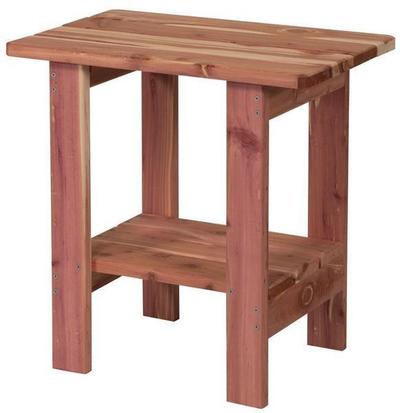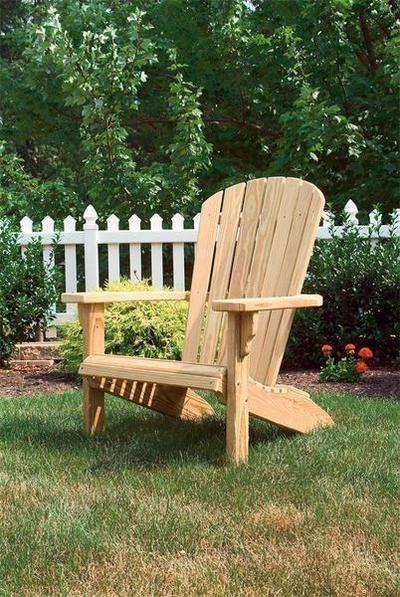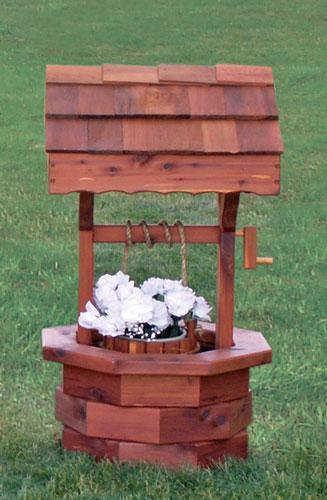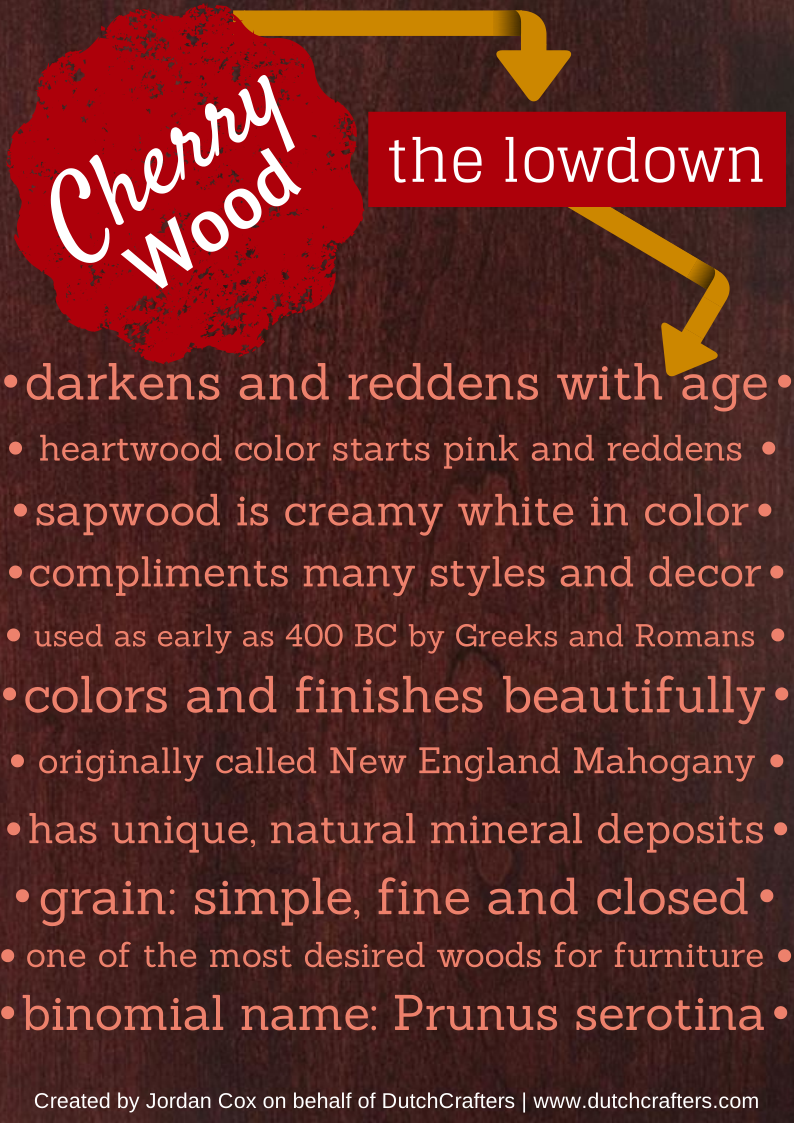
Cedar vs. Pine: Which is Best for Outdoor Furniture?
So you’ve decided you like the look of outdoor wood furniture and perhaps you’ve heard of the qualities that cedar and pine outdoor furniture possess.
How do you choose? What does one have that the other doesn’t? We’re taking a look at outdoor cedar furniture versus outdoor pine furniture to see which one has the edge.
Things to Love About Outdoor Cedar Furniture
The Shades of Red
Outdoor cedar furniture displays shades of reddish/pinkish brown in its heartwood, with creamy yellow sapwood that can run right through the heartwood in streaks. These red hues combined with cedar’s relatively straight grain and medium texture can easily contribute to an outdoorsy, rustic look.
The Fresh Cedar Scent
Cedar furniture gives off a distinct, fresh scent. While it’s generally pleasant for most humans, it repels bugs. It’s the natural oils in cedar wood that create the scent.
The Natural Resistance to Rot and Decay
Cedar wood naturally resists rot and decay. Those natural oils help preserve the wood and resist the growth of fungus and bacteria. Cedar is ideal for humid climates.
Bonus: Cedar outdoor furniture even stays cool in hot temperatures!
How?
Cedar wood is porous and contains little air pockets in the wood grain. These pockets create a type of insulation for cedar furniture that protects it from changes in temperature. So, even if the sun is shining hot outside, your outdoor cedar furniture is still cool enough to sit on! This resistance to changes in temperature also makes cedar furniture less prone to expanding or warping, another added bonus of outdoor cedar furniture.
Things to Love About Outdoor Pine Furniture
The Strength
Pressure-treated outdoor pine is strong, dense and resistant to wear, making it ideal for things that see lots of use and that need to bear weight, like outdoor furniture.
The Option to Stain, Paint or Leave it Natural
Outdoor pine has a light natural color that ranges from golden yellow to tan. Its wood grain is fairly straight, making it a good candidate for stain or paint. Pine outdoor furniture is beautiful both stained or unfinished, but adding a stain will help it last longer.
The Price
Pine grows in abundance in the US and is widely available. This helps keep the price down.
COMPARING PINE AND CEDAR
Hardness
Aromatic red cedar has a Janka rating (used to test the relative hardness of wood) of 900, while southern yellow pine is behind by a bit with a Janka rating of 690. So cedar is a little harder.
Resistance to Rot and Decay
There are those magical natural oils in cedar that make it resistant to decay and help repel pesky bugs from taking up shop. Plus the oils make cedar smell good.
Pine does not naturally resist decay, and it is pressure treated to make it more durable outdoors. So cedar gains a bit here with its natural character contributing to its durability. Pine is still a good choice for outdoor furniture, it just doesn’t naturally resist the elements as strongly as cedar does. Pressure-treated pine will last a long time and resist the outdoor elements.
Maintenance
Cedar will require more maintenance than pine. If no sealer is used, eventually cedar will weather to a handsome gray shade. If a stain or sealer is applied, it will have to be re-applied every few years to maintain cedar’s colors. Pressure-treated pine wood will last a long time.
To sum up
Cedar
- Naturally resists rot and decay
- Higher Janka rating
- Rustic look can limit it
- Lovely shades of red with cream mixed in
- Requires more maintenance
- Considered a strong softwood, but can dent easily—(however, this adds to its rustic nature!)
- Costs more
Pine
- Pressure-treated pine will last many years outdoors
- Low cost
- Attractive yellow shades with pale cream mixed in
- Strong softwood that will resist wear
- Looks attractive stained or left unfinished
Cedar outdoor furniture may have the edge with a natural resistance to outdoor elements and that insulation that keeps it cool to the touch, even in hot temperatures. Pine responds with a grain that can take stain or paint, allowing you to showcase outdoor pine furniture in more color options. Cedar costs more and has to be re-sealed every few years, but makes up for it with a pleasant scent that scares away bugs. Pine costs less and looks gorgeous with stain, paint or left unfinished.
There’s not a clear winner here. What do you think? Would you choose outdoor cedar furniture or outdoor pine furniture for your home?


















Hello! We are about to have a 7′ privacy fence built, and we’re trying to decide between using cedar or pine stained with a cedar stain. Your article indicates that cedar takes more maintenance because it has to be sealed every 2 or 3 years, but as we would be applying either a transparent seal on cedar or a cedar stain on the pain, either way, we will be maintaining it. The question you’ve not addressed is if a cedar stained pine looks as good as a transparent coated cedar fence. I would love it if you can guide me here. Thank you!
Susan
Hi Susan,
Thank you for your question. Here’s the link to our Outdoor Pine Furniture Page. https://www.dutchcrafters.com/collection/1191/Outdoor-Pine-Furniture
It has photos that show the look of a cedar sealer on pine wood. Perhaps that can help you get an idea of what pine will look like with a cedar sealant. Keep in mind the cedar color will vary depending on the manufacturer of the stain.
Thank you for visiting us on Timber to Table.
If one decides on the durability of cedar, but would like to paint (outdoor latex acrylic with lots of polyurethane coats on top) at least part of the piece of furniture (let’s say a bench), will cedar do well with a water-based primer coat and acrylic paint?
Hello Kenneth,
We would not recommend painting cedar as it does not cover well and can bleed through.
Thank you for your question and for visiting us on Timber to Table.
Going to build a Deck Box for outdoor storage in Florida. Planned to use treated pine buy concerned about the ability of the lumber to be painted. Some sites say leave the wood 6 months to dry before painting. Yikes! What has your experience been?
Hi Andrew,
You can paint pine, but as you’ve already found, it’s important to let the wood dry completely first. Some of our Amish woodworkers kiln dry yellow pine and then paint it right away. For Florida’s climate, it’s important to wait for the wood to be dry before painting.
Thank you for your question and for visiting us on Timber to Table.